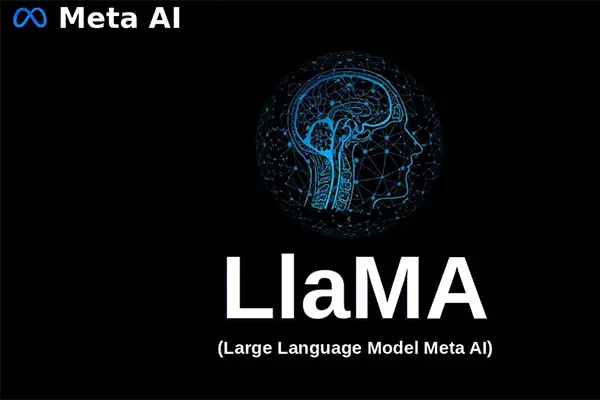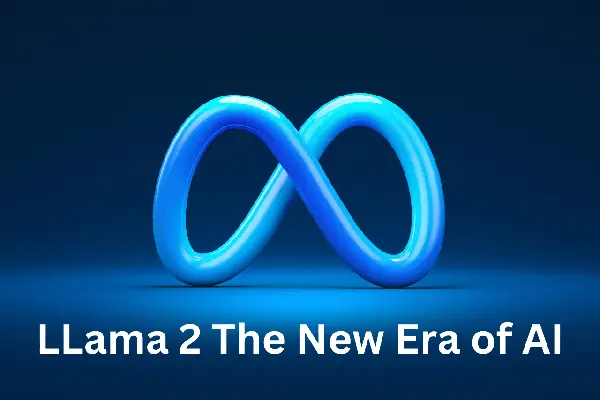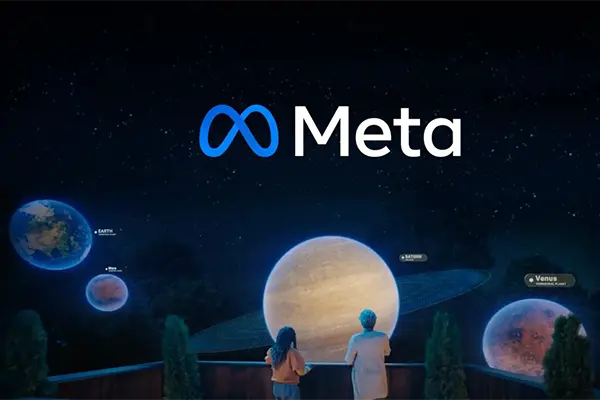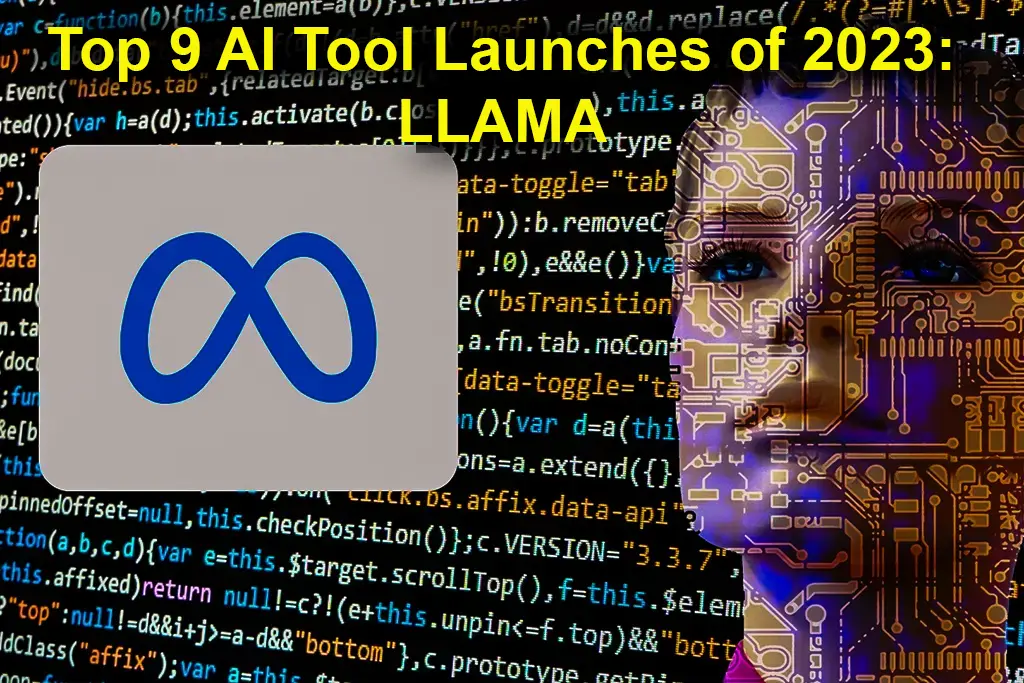Explore LLaMA Models by Meta, the leading innovator in language models shaping the future of AI technology
In the dynamic landscape of artificial intelligence, Meta’s brainchild, LLaMA, emerged as a trailblazer in 2023. Released in February, LLaMA marked a significant leap in the realm of Large Language Models (LLMs). Developed by Meta AI, LLaMA aimed to democratize AI research by providing an open-source and foundational language model. The release of LLaMA 2 in July further solidified Meta’s commitment to advancing language models, pushing the boundaries of what is achievable in natural language processing (NLP). This comprehensive exploration delves into the intricacies of LLaMA models, their capabilities, and the transformative impact they have had on AI development.
LLaMA: A Revolution in Large Language Models

The Foundation of LLaMA 1
LLaMA, Meta’s groundbreaking language model, is a testament to the company’s dedication to responsible AI practices and democratizing access to cutting-edge technology. With models ranging from 7 billion to 65 billion parameters, LLaMA is a powerful tool trained on trillions of tokens from publicly available datasets. This emphasis on responsible AI is reflected in the model’s design, making it suitable for broad applications and fine-tuning across various tasks.
See also: Will Devin AI make developers obsolete? A Look into the Future of Software Development in 2024
Despite having fewer parameters than its predecessor, GPT-3, LLaMA significantly outperformed it in benchmarks. This underlines the effectiveness of Meta’s approach to training and utilizing large language models.
LLaMA 2: The Next Frontier
Building on the success of LLaMA 1, Meta AI unveiled LLaMA 2 in July 2023, marking the next generation of open-source LLMs. LLaMA 2 introduces several enhancements and advancements, making it a powerful tool for AI researchers and developers. The model encompasses pre-trained and fine-tuned versions, ranging from 7 billion to 70 billion parameters. It also doubles the context length of LLaMA 1, providing a more nuanced understanding of language.
Trained on an extensive dataset of 2 trillion tokens and over 1 million human annotations, LLaMA 2 showcases Meta’s commitment to pushing the boundaries of language modeling. This evolution in parameters and training data positions LLaMA 2 as a formidable force in the field of NLP.

Democratization of AI Development with LLaMA
Open-Source Nature
LLaMA stands out as an open-source language model, available for both research and commercial use. This open-access approach empowers researchers, developers, and businesses to access and experiment with LLaMA, fostering collaboration and innovation within the NLP community. The availability of LLaMA under an open-source license is a strategic move by Meta to encourage transparency and inclusivity in AI development.
Foundational Model
Designed as a foundational model, LLaMA serves as a base upon which other AI systems can be built. This design philosophy allows researchers and developers to customize the model for specific tasks or domains, such as question answering, machine translation, or code generation. LLaMA’s versatility as a foundational model contributes to the democratization of AI, enabling a wide range of applications.
Advanced Architecture
LLaMA leverages the transformer architecture, incorporating advanced features such as the SwiGLU activation function, rotary positional embeddings, and root-mean-squared layer normalization. This sophisticated architecture provides a nuanced approach to language modeling, enhancing the model’s understanding and generation capabilities. The incorporation of cutting-edge architectural elements underscores Meta’s commitment to pushing the boundaries of AI technology.
Fine-tuning and AI Alignment
To ensure the safety and reliability of the model’s responses, LLaMA employs reinforcement learning with human feedback. Additionally, innovative techniques like rejection sampling are used for AI alignment. These measures contribute to aligning the model’s behavior with human values, making LLaMA a responsible and ethical tool in AI development.

Dialog Consistency
LLaMA introduces a distinctive “Ghost attention” technique to maintain multi-turn consistency in dialogs. This ensures that initial instructions are respected throughout the conversation, contributing to a more coherent and contextually aware interaction. Dialog consistency is a crucial aspect of natural language understanding, and LLaMA’s approach enhances its effectiveness in conversational applications.
Code LLaMA
A specialized variant based on the LLaMA 2 architecture, Code LLaMA is proficient in generating code in widely used programming languages. These languages include Python, C++, Java, PHP, Typescript (Javascript), C#, and Bash. Code LLaMA extends the utility of LLaMA into the domain of software development, offering developers a powerful tool for code generation and understanding.
LLaMA Chat
LLaMA Chat represents an enhanced version of the original model, specifically developed with a focus on conversational capabilities. This iteration leverages the advancements introduced in LLaMA 2 to deliver an improved and more contextually aware chat experience. LLaMA Chat further extends the applicability of LLaMA in real-world conversational scenarios.
The Collaborative Integration of LLaMA Models
The collaborative integration of LLaMA models into the AI landscape is a testament to Meta’s commitment to advancing the field. The collaboration involves not only AI researchers within Meta but also the broader research community. By providing an open-source framework, Meta encourages collaboration and knowledge sharing, fostering a collective effort to push the boundaries of language models.

The Future Trajectory of LLaMA
As LLaMA continues to evolve, the future trajectory promises even more advancements in language modeling and AI development. Meta’s dedication to responsible AI, coupled with ongoing research and development efforts, positions LLaMA as a pivotal player in shaping the future of NLP. The potential applications of LLaMA across diverse domains, from code generation to conversational AI, make it a versatile tool with far-reaching implications.
Conclusion
In conclusion, Meta’s LLaMA models have undeniably reshaped the landscape of large language models in 2023. From the foundational LLaMA 1 to the advanced LLaMA 2, Meta has demonstrated a commitment to democratizing AI research and development. The open-source nature, advanced architecture, and versatile applications of LLaMA make it a cornerstone in the AI community. As LLaMA continues to evolve, its impact on natural language processing and AI development is poised to grow, marking a significant chapter in the ongoing story of artificial intelligence.


